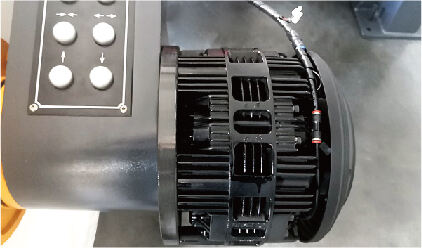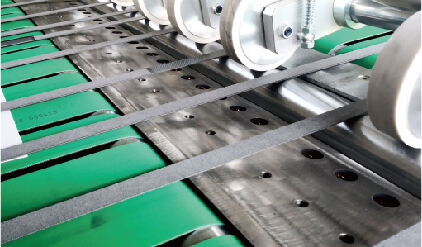hot stamping machine
A hot stamping machine is a sophisticated piece of equipment designed to apply decorative or functional finishes to various materials through heat and pressure. This versatile technology combines precision engineering with thermal processing to create high-quality impressions on surfaces ranging from paper and leather to plastics and metals. The machine operates by heating a die or foil to a specific temperature and then pressing it onto the substrate with controlled pressure, resulting in a permanent transfer of material. Modern hot stamping machines feature advanced temperature control systems, adjustable pressure settings, and precise timing mechanisms to ensure consistent results. They can accommodate different die sizes and materials, making them suitable for diverse applications across multiple industries. The technology incorporates both mechanical and electronic components, including heating elements, pressure cylinders, and digital control interfaces that allow operators to fine-tune parameters for optimal results. These machines are capable of producing metallic finishes, holographic effects, security features, and various decorative patterns, making them essential in packaging, printing, automotive, and security document industries. The process is notably efficient, offering quick setup times and high production speeds while maintaining exceptional quality standards.


